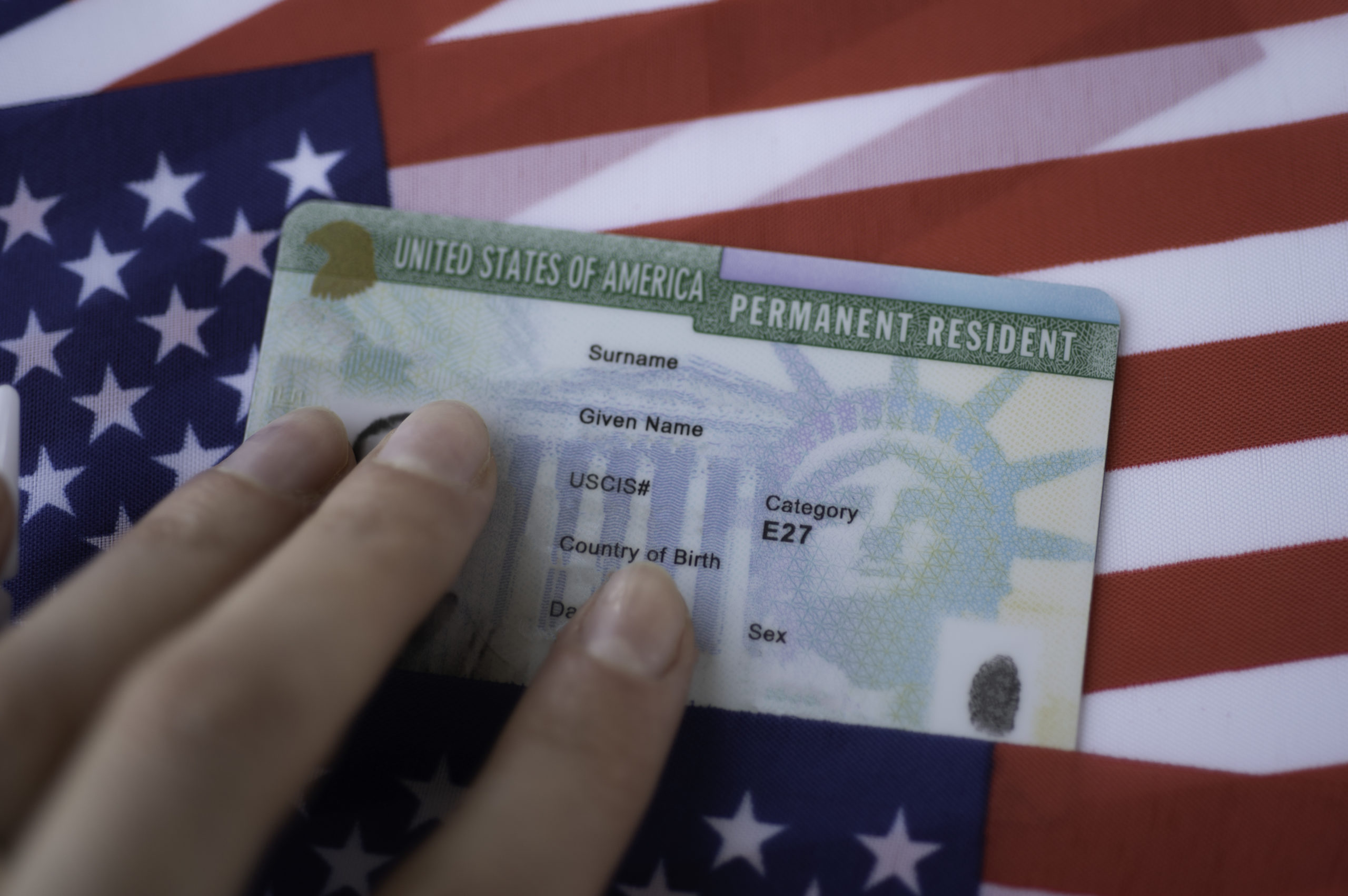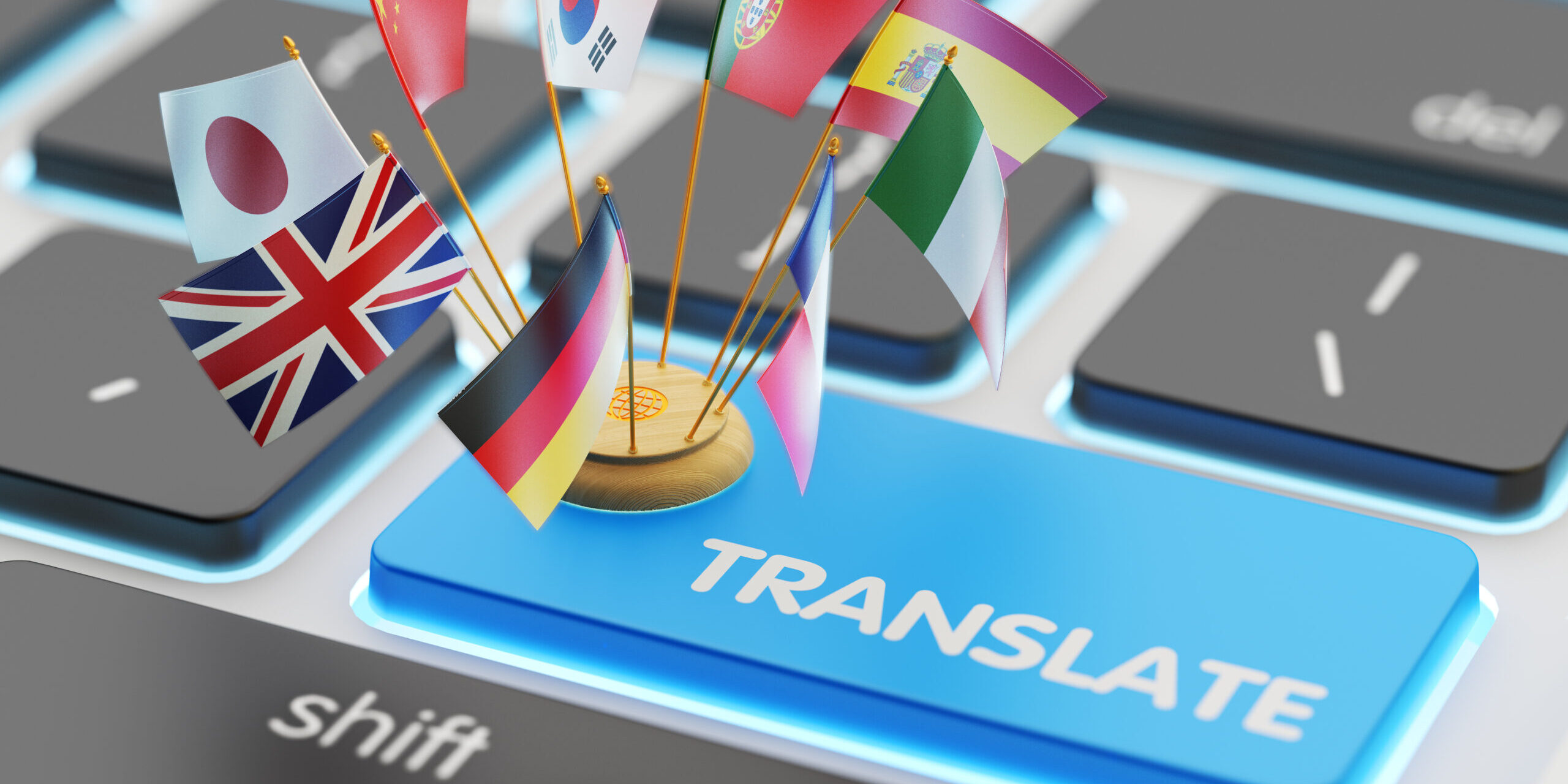In the globalized economy, protecting intellectual property (IP) through patents is vital for companies. However, while cost-saving measures appeal to budget-conscious firms, opting for cheap patent translation services can lead to significant legal risks. This article examines the legal risks of low-quality patent translations, focusing on Chinese-to-Spanish translations, and presents real cases where translation errors resulted in patent application rejections or invalidations.
The Importance of Accurate Patent Translations
Patent translations must be precise, as they directly impact a patent’s legal validity and enforceability. Patents are legal documents requiring exact language to define the scope of protection. Errors in translation can alter technical terms, claims, or descriptions, potentially causing:
· Application Rejection: If translations fail to meet target patent office standards, applications may be rejected outright.
· Limited Protection Scope: Incorrect translations can narrow a patent’s scope, making it easier for competitors to circumvent.
· Patent Invalidation: In litigation, poor translations can serve as grounds for invalidating a granted patent.
According to PatentPC, translation errors are a leading cause of patent application rejections or office actions, particularly in countries like Japan, China, and the European Union, where language and terminology standards are stringent. Such errors often prompt examiners to request clarifications, delaying the process and increasing costs.
Risks of Cheap Translation Services
To cut costs, companies may opt for low-cost translation services, which often compromise quality through:
· Non-Specialized Translators: Translators lacking expertise in patent law or the relevant technical field may miss critical nuances.
· Over-Reliance on Machine Translation: While AI tools like DeepL have improved, they cannot fully meet the precision required for patent documents.
· Lack of Proofreading: Without expert human review, translations may contain undetected errors, jeopardizing applications.
These practices heighten the risk of errors in technical terminology, legal language, or overall coherence, potentially leading to legal consequences.
Real Cases of Translation Errors Leading to Rejections
Case 1: US Patent Invalidated Due to Mistranslation
As reported by Gorodissky & Partners, a US patent was invalidated due to an error in the English translation of an Italian priority application. The term “semiliquido” was mistranslated as “halfliquid” instead of “semiliquid,” affecting the invention’s description. This led to the patent being challenged and invalidated in court. Even though a correct certified translation was later provided, the initial error was irreparable, highlighting the lasting impact of translation mistakes.
Case 2: Chinese PCT Application Rejected in Russia
Another case, also from Gorodissky & Partners, involved a PCT application from China rejected in Russia. A claim phrase, translated from Chinese to English as “a mobile station enters an edge radio frequency unit of a serving cell,” could not be accurately rendered in Russian, and the applicant failed to provide a technical explanation. Consequently, the Russian patent office rejected the application. This case underscores the need for translations to be both linguistically and technically accurate.
While these cases do not directly involve Chinese-to-Spanish translations, they demonstrate the universal risks of poor translation quality, which are equally applicable to Chinese-to-Spanish patent filings due to similar complexities.
While low-cost patent translations may seem appealing, especially for startups with limited budgets, the legal risks are significant. Real-world cases demonstrate that translation errors can lead to patent application rejections or invalidations, resulting in substantial losses. For Chinese-to-Spanish translations, where linguistic and cultural complexities are pronounced, high-quality translation is critical.
Avoid legal risks with Artlangs Translation’s expert Chinese-Spanish patent services. Our AI-enhanced precision and rigorous legal review ensure compliance and accuracy for Spain and Latin America. Visit our website to secure your IP with trusted, cost-effective solutions.











